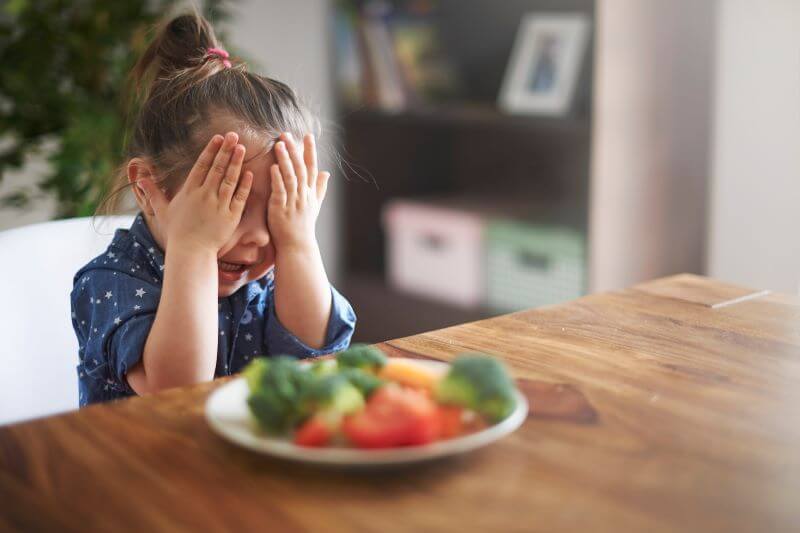Thin, very thin, excessively thin… On TikTok, the search for the “ideal” body often comes at the expense of health. Behind inspiring videos and seemingly innocent hashtags lies a concerning trend: “SkinnyTok.” This movement, which glorifies extreme thinness, exposes thousands of teenagers to toxic messages. The result: a surge in eating disorders.
“SkinnyTok” represents one of the many pitfalls of the TikTok platform: a trend where thinness is not just a preference but an obsession. Here, you’ll find young girls with hollow stomachs, 50-calorie recipes, and “thinness routines” that consist of drinking water instead of eating, combined with the recurring mantra: “If you’re hungry, your body is praising you.”
These types of content, often disguised as lifestyle or wellness, are fundamentally dangerous. They promote the notion that deprivation is a triumph, that suffering is virtuous, and that eating is a sign of weakness. This resonates with adolescents, who are more vulnerable than ever regarding their self-image.
The Poison Behind The Glitter
An Overly Efficient Algorithm
TikTok does more than just share these videos; it promotes them. The algorithm, designed to maximize user engagement, inundates users with similar content once they’ve watched a #SkinnyTok video, triggering a snowball effect.
This phenomenon is referred to as the “rabbit hole effect” by researchers. Within this rabbit hole lie all sorts of pressures: calls for thinness, waist size competitions using standard paper sizes, “thinspo” (thinspiration), and the resurgence of covert pro-anorexia hashtags disguised to evade moderation.
Chilling Statistics
This is not merely a digital trend. The statistics are alarming. According to Santé Publique France, consultations for eating disorders among those under 18 have skyrocketed by 30% since the pandemic. The Ifop reports that 1 in 10 young people feels pressure regarding their body image because of social media.
The consequences can be dire. In November 2024, seven French families filed lawsuits against TikTok following their children’s suicides or suicide attempts. Each of these victims had been exposed to content glorifying thinness.
SkinnyTok: How To Reverse The Trend?
A Hesitant Response
Authorities are beginning to take action. Clara Chappaz, the Minister Delegate for Digital Affairs, has contacted Arcom and raised the alarm with the European Union about the dangers posed by #SkinnyTok. The aim: to achieve stricter moderation and increased responsibility from the platforms.
In response, TikTok claims to have removed hundreds of thousands of problematic videos. Yet, moderation appears to lag behind. Harmful content quickly reemerges under alternative hashtags, often coded or manipulated.
Information: The First Line Of Defense
So what can be done? Banning TikTok? It’s not that simple. This platform has become a venue for self-expression and creativity, yet it also harbors risks. What’s needed is education, information, and guidance. Teaching young people about the images they consume, instilling the understanding that a flat stomach does not define their worth, and reminding them that eating is essential for life.
Fortunately, positive initiatives are emerging: accounts advocating for body diversity, influencers addressing mental health openly, and campaigns in schools. Yet for now, the voice of “SkinnyTok” drowns out others.
SkinnyTok: A Reality That Cannot Be Downplayed
Far from being a passing trend, “SkinnyTok” has become a symptom of a society obsessed with image. Until platforms begin to take accountability and prevention measures are escalated, this hashtag will continue to silently wreak havoc.
In this age of overpowering digital influence, it is crucial to introduce authentic, positive, and healthy content to children.
IMPORTANT TO KNOW
In France, approximately 40,000 individuals suffer from anorexia nervosa, with 90% being adolescents. It is the most lethal psychiatric disorder in the country, carrying a higher mortality rate than any other mental illness.







